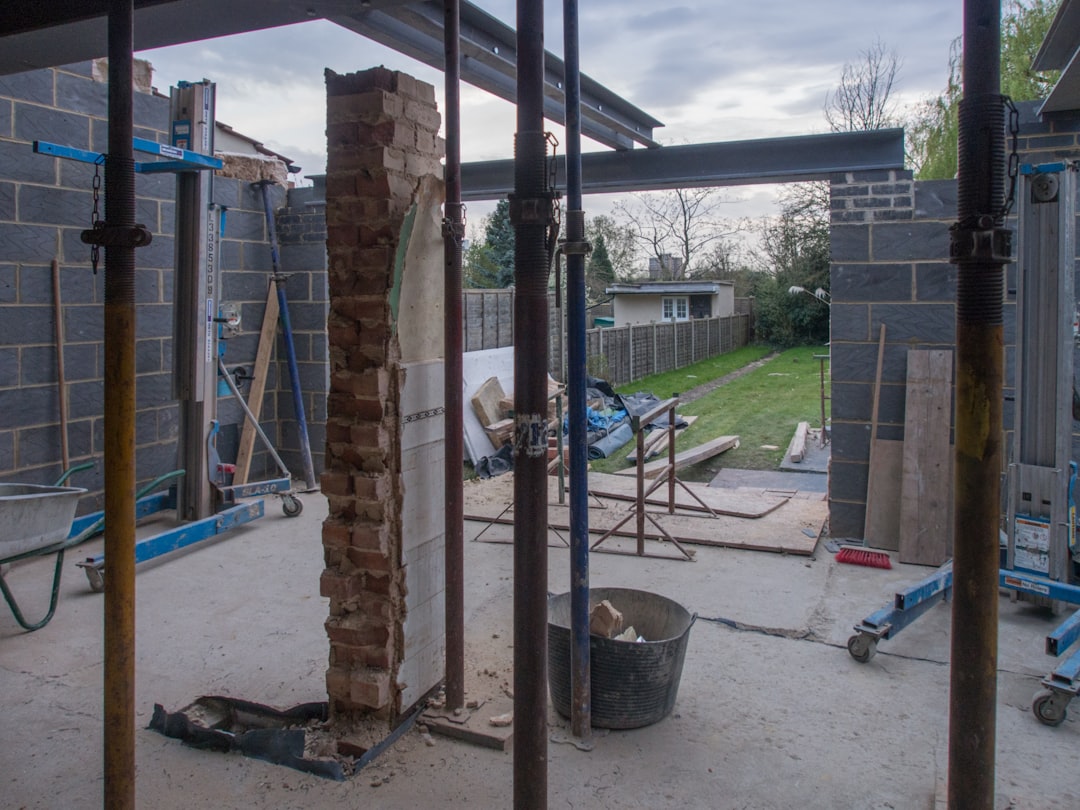
In New York City, water conservation is crucial, and rain barrels offer a practical solution. With installation costs ranging from $800 to $1,000, CountBricks provides a comprehensive service that includes site assessment, material selection, and seamless integration. Our expert team ensures compliance with local regulations, making rainwater harvesting both efficient and aesthetically pleasing.
• Capture over 620 gallons from a single inch of rain on a 1,000 sq ft roof.
• Reduce outdoor water usage by up to 40%.
• Decrease sewer overflow, enhancing local waterways.
NYC supports rainwater harvesting, with specific guidelines for each borough. CountBricks navigates these requirements, ensuring a smooth installation process.
Our team uses advanced tools to assess your property, ensuring accurate pricing and optimal material selection, including UV-stabilized barrels and appropriate fittings.
We customize installations to blend with your property's aesthetics, ensuring compliance with historical preservation standards.
CountBricks' AI-driven platform provides instant estimates and updates, ensuring transparency and accuracy throughout the project.
1. Assess roof drainage and select downspout location.
2. Install debris-diverter assembly.
3. Set base and position barrel.
4. Connect inlet and secure lid.
5. Attach overflow hose.
6. Add shut-off valve and winterizing drain.
7. Conduct leak test.
• 55-gallon barrel and fittings: $240-$320
• Labor: $390-$450
• Permit filing: $75-$110
• Decorative options: $85-$150
Full installation typically costs $800 to $1,000, with real-time pricing available through CountBricks.
• Clean barrel and diverter seasonally.
• Open winterizing drain before freezing temperatures.
• Check overflow hose for blockages.
CountBricks offers maintenance reminders and service scheduling through our platform.
Transform your property with a rain barrel installation. Visit CountBricks for more information and to request a quote.

The Avila family in Park Slope sought a rainwater solution that adhered to landmark regulations. CountBricks provided a tailored installation, reducing their water usage by 38% and enhancing their property's sustainability.
• Custom-painted barrel to match the brownstone.
• Copper diverter for aesthetic integration.
• Seamless installation with minimal disruption.
• Significant water savings and reduced basement moisture.
• Increased interest from neighbors, leading to additional installations.
• Efficient project management through voice-to-estimate workflows.
Explore how CountBricks can enhance your property by visiting CountBricks.